Optimal Timing for Water Testing
Water testing is essential for maintaining water quality and safety. The optimal timing for testing depends on various factors including seasonal changes, water source type, and usage patterns. Regular testing ensures early detection of contaminants and helps in maintaining compliance with health standards.
Testing during spring and fall helps identify seasonal variations in water quality, particularly after heavy rainfall or drought periods.
Immediately after storms or flooding, water should be tested to detect potential contamination from runoff or sewage overflows.
Regular testing, such as quarterly or biannual, provides ongoing assurance of water safety and quality.
Testing prior to installing new water systems or changing water sources helps prevent issues related to contamination.
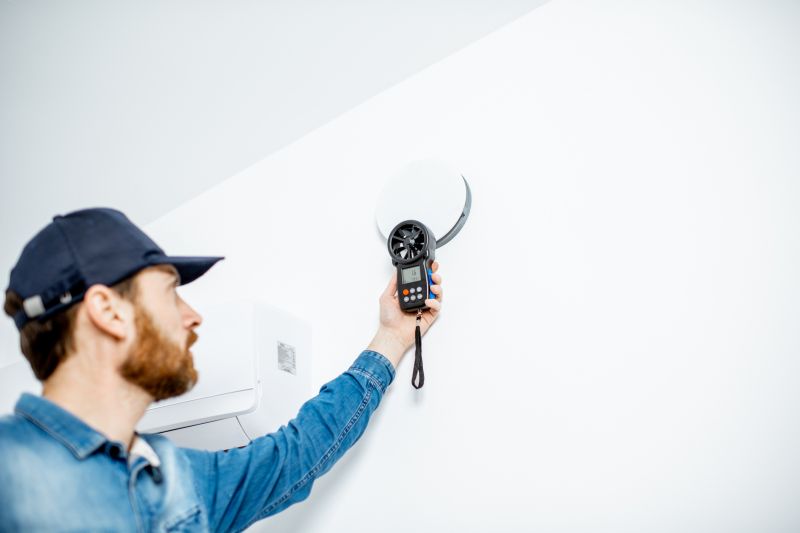
Advanced tools used for accurate water analysis.
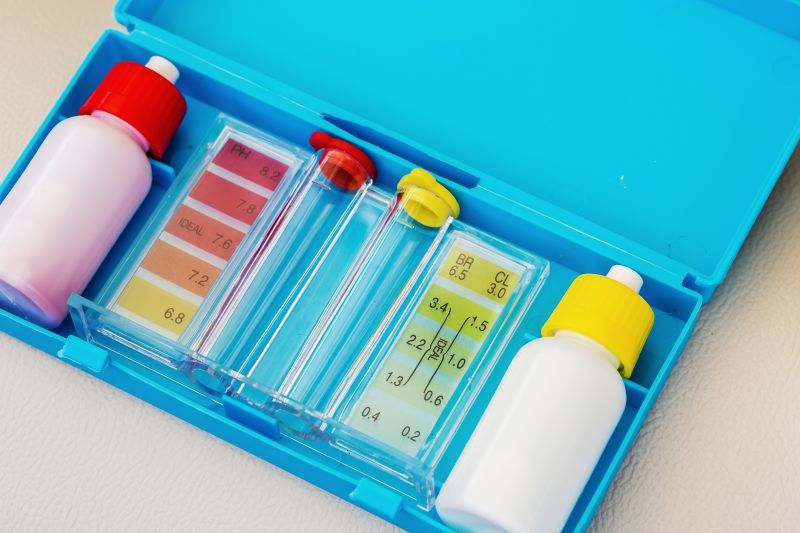
Proper sample collection techniques ensure reliable results.
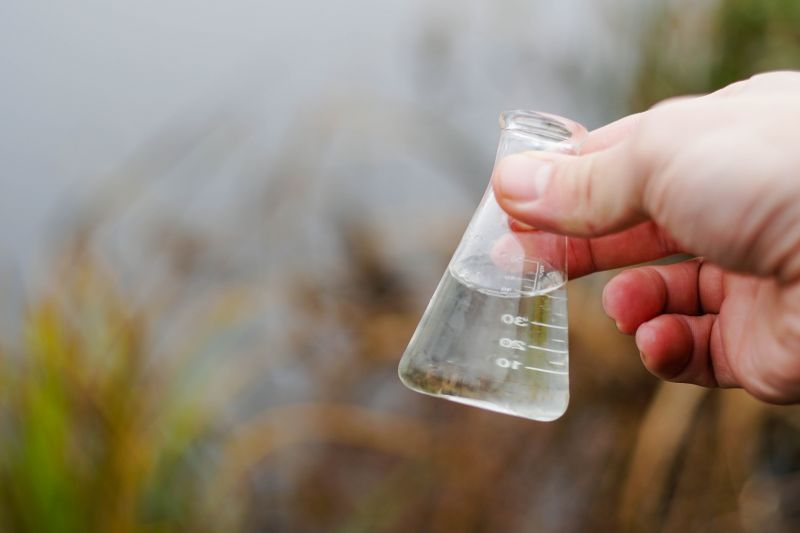
Samples analyzed in certified labs for comprehensive testing.
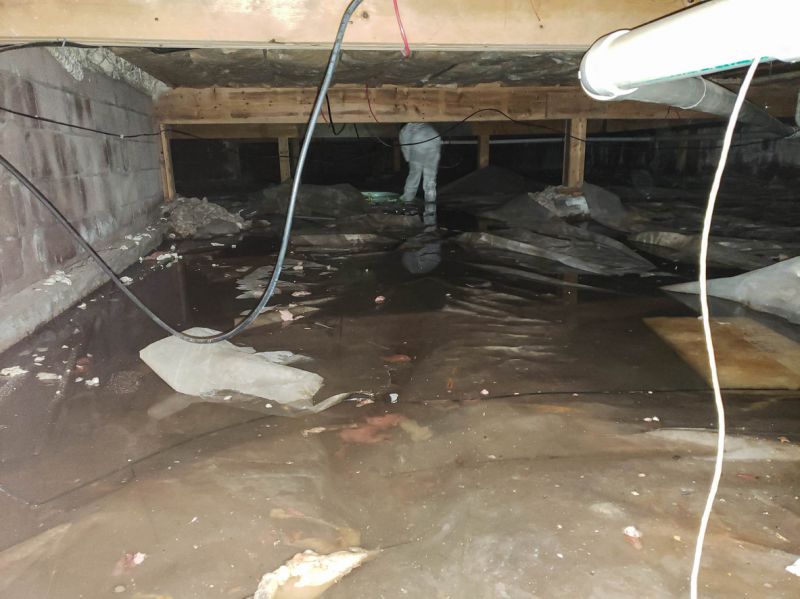
Ways to make Water Testings work in tight or awkward layouts.
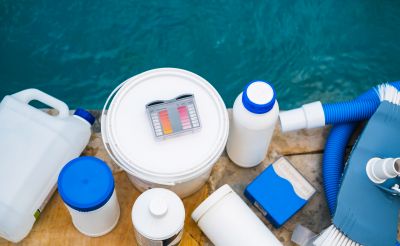
Popular materials for Water Testings and why they hold up over time.
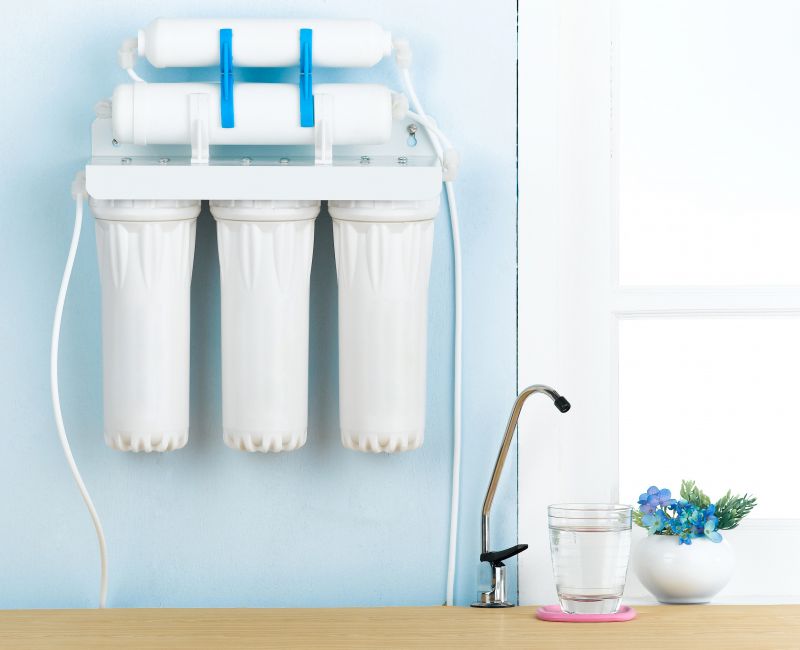
Simple add-ons that improve Water Testings without blowing the budget.
| Timing Aspect | Details |
|---|---|
| Seasonal Changes | Test during spring and fall to detect seasonal variations. |
| Weather Events | Test after storms or flooding for contamination. |
| Routine Monitoring | Schedule quarterly or biannual testing. |
| System Changes | Test before installing new water systems. |
| Initial Setup | Test during initial system installation. |
| Water Source Changes | Test when switching water sources. |
| High Usage Periods | Test during peak water usage times. |
| Regulatory Compliance | Test as required by local health authorities. |
Water testings provide critical insights into water quality, detecting contaminants such as bacteria, nitrates, heavy metals, and chemical pollutants. Regular testing helps identify potential health risks, ensures compliance with safety standards, and supports water management strategies. Advances in testing technology have increased accuracy and reduced turnaround times, making routine testing more accessible and reliable.

Proper collection techniques are vital for accurate results.
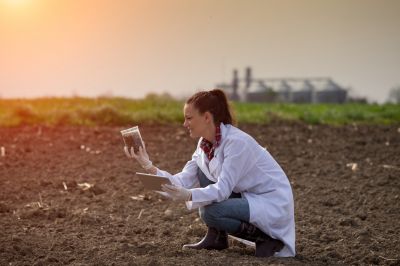
Samples undergo detailed analysis in certified labs.
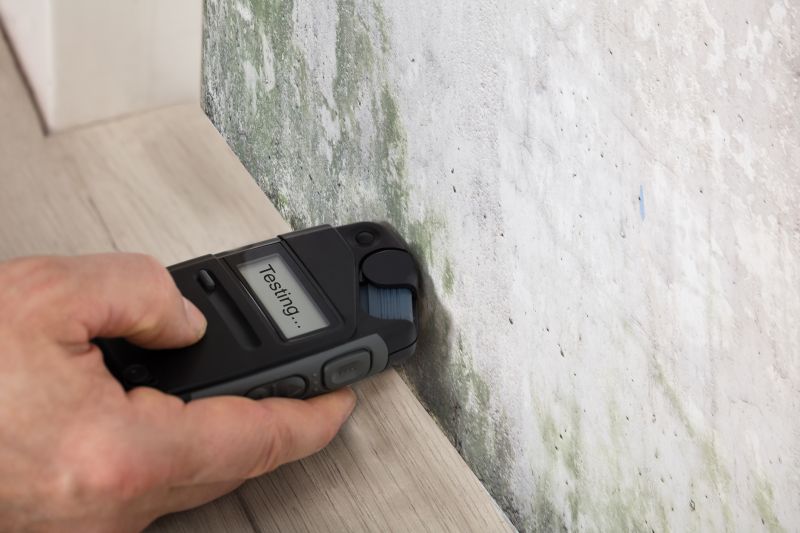
Identifying bacteria, chemicals, and heavy metals.

Results provide comprehensive water quality insights.
Interested parties are encouraged to contact for further information or to schedule water testing services. Accurate testing and timely analysis are essential for maintaining water safety and quality.
